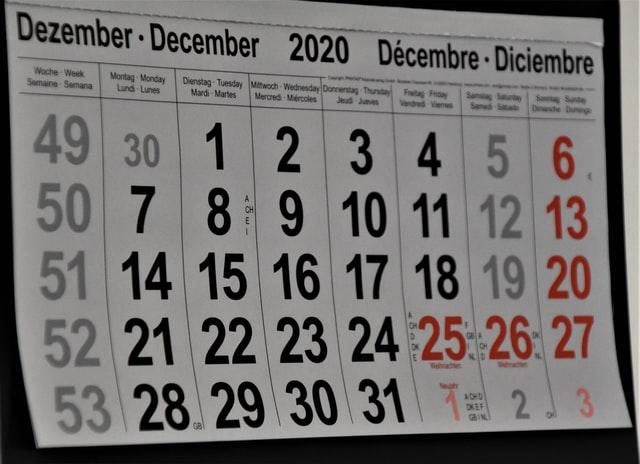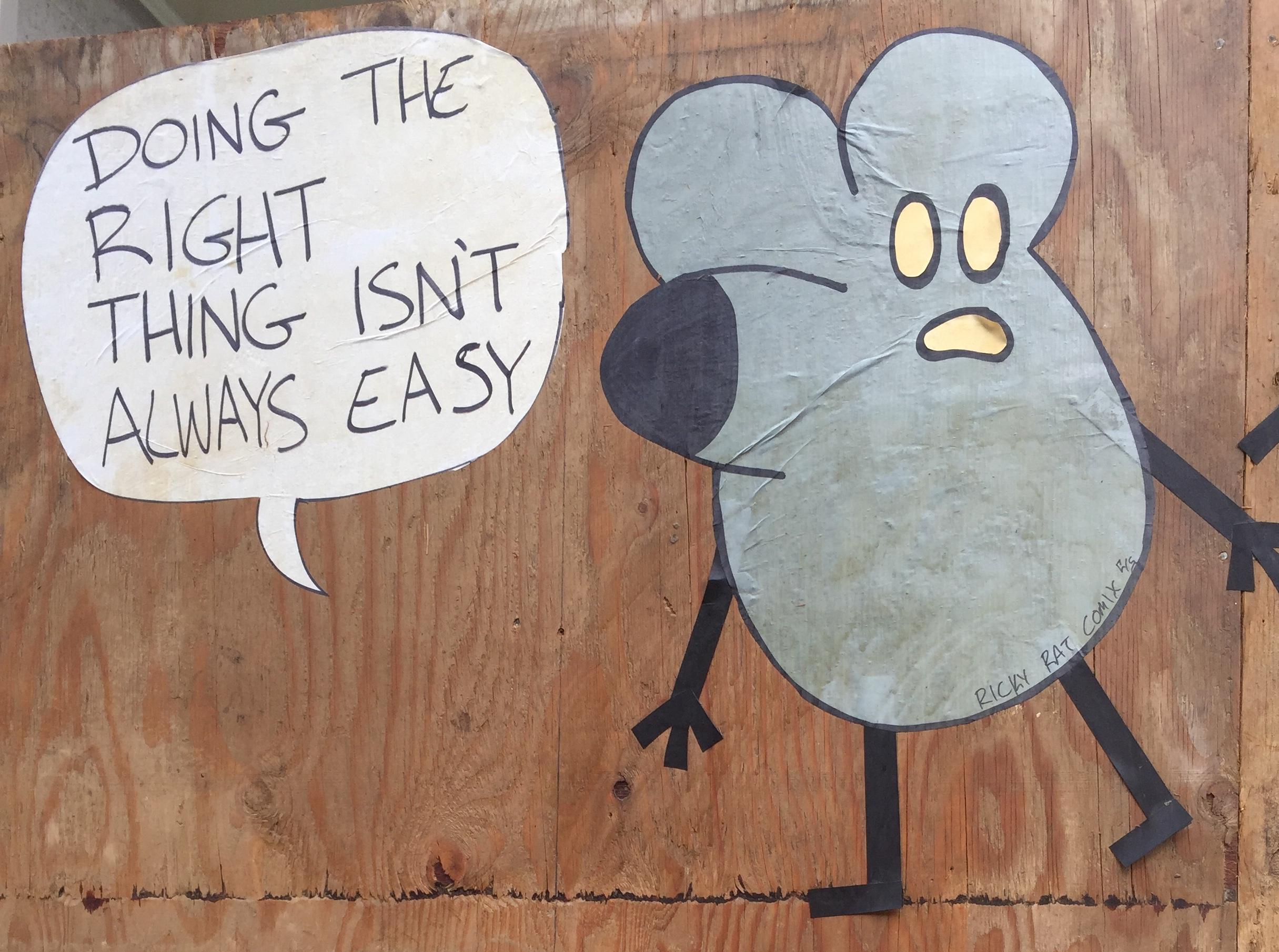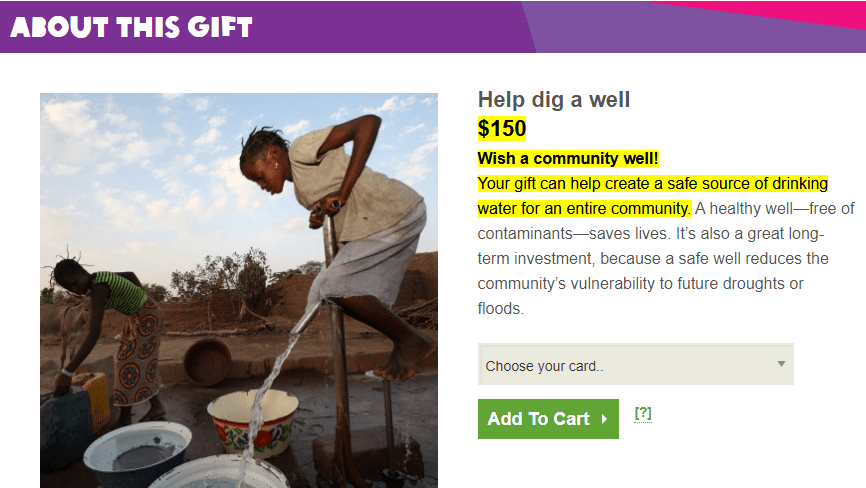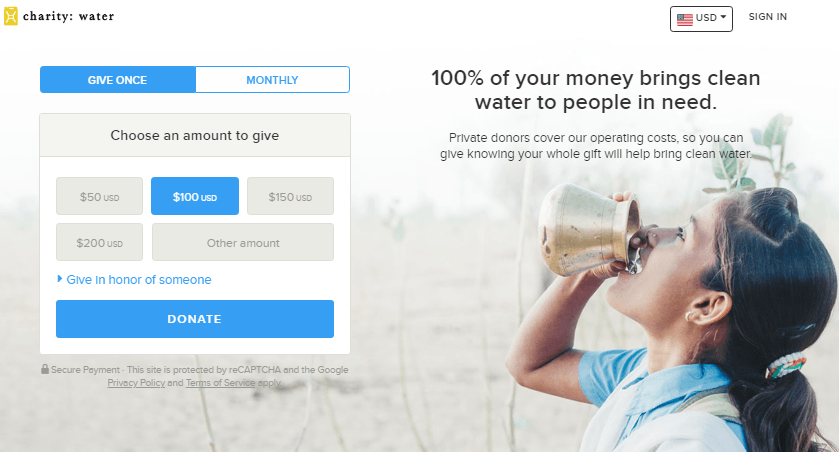Are You Reading Your Major Donors Correctly?
“The more that you know, the less they’ll say ‘No!’“
Such is the advice given by Jay Love, Founder of Bloomerang and a seasoned board member and major donor, some years ago at an online conference where we both presented major gifts master classes. His was on the topic of major gifts development from the donor’s perspective.
Do you think about your donor’s perspective before you ask for a major gift?
Here’s what I learned from Jay:
The more you know:
- what floats your donor’s boat,,,
- what other things compete for your donor’s attention (not just causes, but also career and family)…
- how your donor prefers to communicate…
- how your donor prefers to be wooed…
- how your donor prefers to be recognized…
… the more likely you’ll get a “Yes.”
This advice is SO important I want to dig deeper into ways you can get inside your donor’s head and build the type of relationship that will be a win/win. When your donor gets what they want and need, you get what you want and need!
If you can’t show your major donor prospect you really know them, how can they trust you’ll be a good steward of their passionate philanthropic investment?
We all want to be known before we enter into a major engagement.
Which brings us to the crux of successful major donor development. Not surprisingly, it begins and ends with the same thing.
Can you guess what that might be?
Details

 Does your nonprofit promote stock gifts? You should!
Does your nonprofit promote stock gifts? You should!
 You are a
You are a 
 Has this really been going on this long?
Has this really been going on this long?


 I’ve written in the past about why
I’ve written in the past about why 
 This Thursday folks in the United States will celebrate what I consider to be the social benefit sector holiday of the year:
This Thursday folks in the United States will celebrate what I consider to be the social benefit sector holiday of the year:
 I’m a fan of suggested ask amounts.
I’m a fan of suggested ask amounts. 

